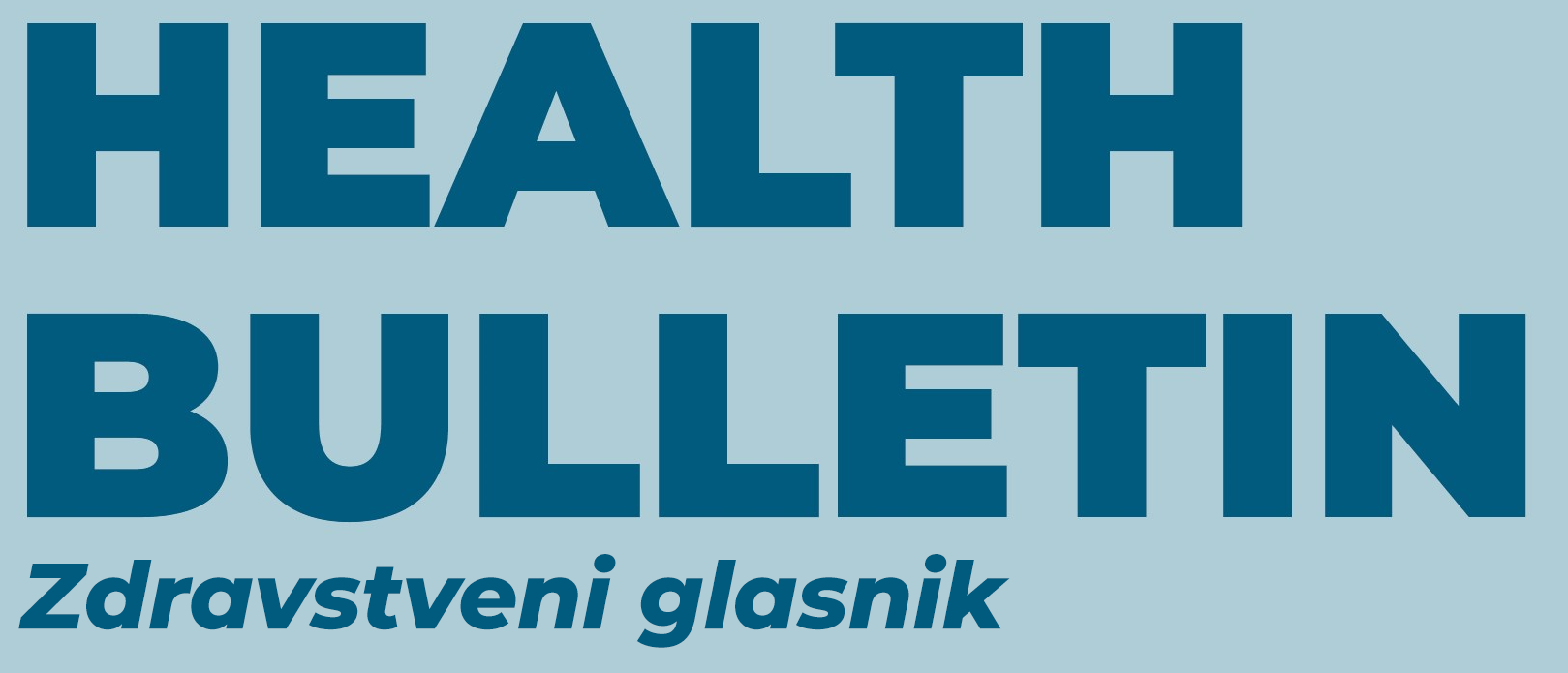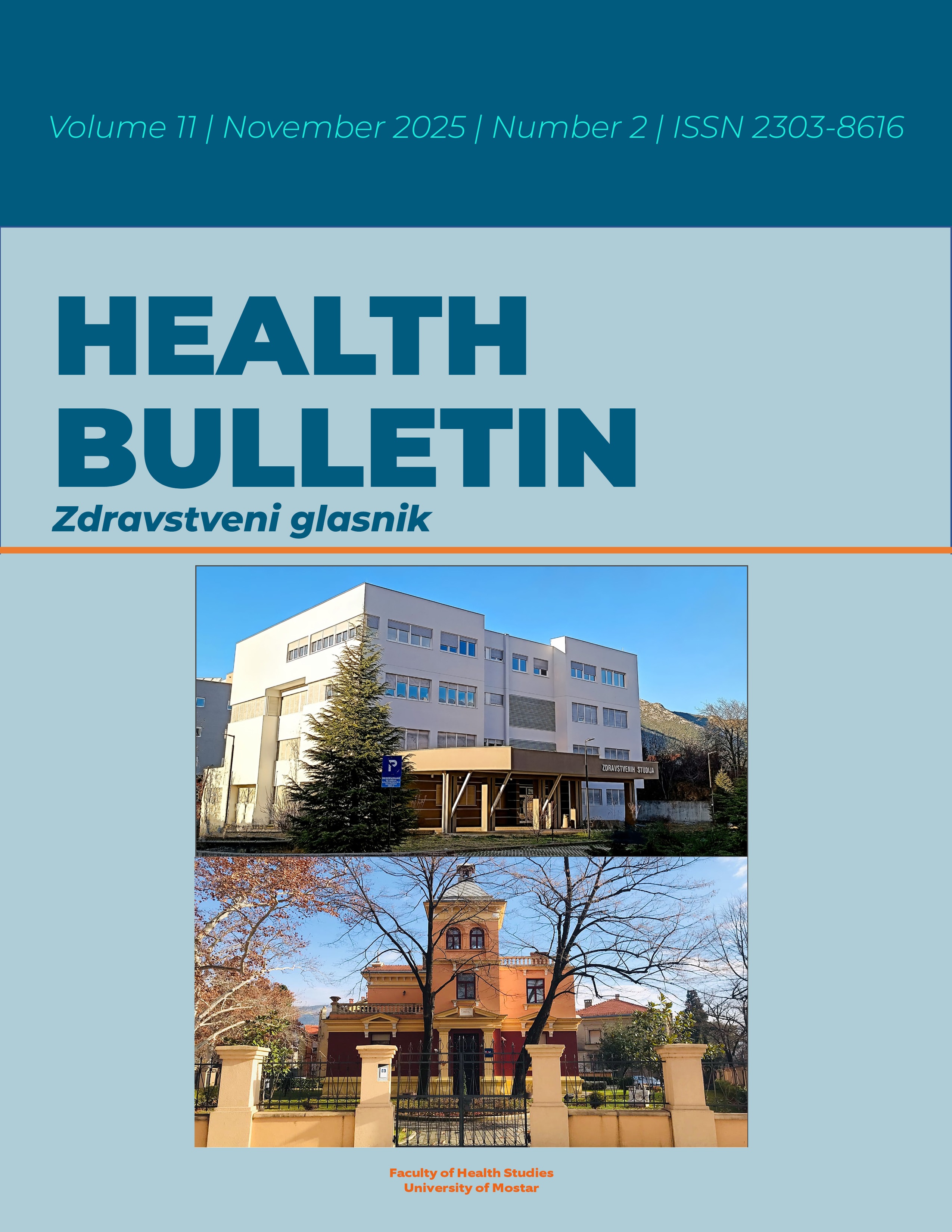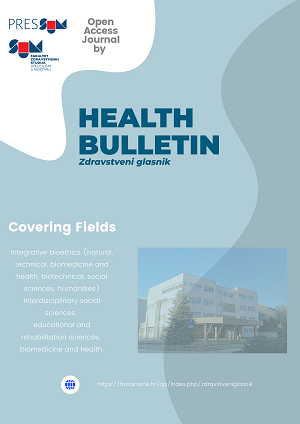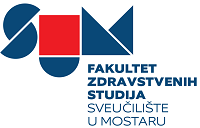ADVANCEMENTS AND CLINICAL IMPLICATIONS OF OOCYTE IN VITRO MATURATION IN ASSISTED REPRODUCTIVE TECHNOLOGIES: A COMPREHENSIVE REVIEW OF PROTOCOLS, APPLICATIONS, AND FUTURE PERSPECTIVES
DOI:
https://doi.org/10.47960/Keywords:
In vitro maturation (IVM); Assisted reproductive technologies (ART); Oocyte maturation; Polycystic ovary syndrome (PCOS); Fertility preservationAbstract
In vitro maturation (IVM) has emerged as a promising alternative to conventional in vitro fertilization (IVF), particularly for patients with polycystic ovary syndrome (PCOS) and those requiring fertility preservation, such as cancer patients. Unlike traditional IVF, IVM does not rely on extensive ovarian stimulation, reducing the risk of ovarian hyperstimulation syndrome (OHSS) and offering a more patient-friendly approach with fewer injections and procedures. This narrative review evaluates recent advancements in IVM, focusing on various protocols, including standard, biphasic, and hCG-primed IVM, along with their respective advantages and challenges. Additionally, the review discusses clinical applications, ethical considerations, and economic aspects, highlighting IVM’s potential for improving patient outcomes while minimizing treatment burdens. Despite ongoing challenges such as lower maturation rates and variable success in poor responders, IVM has shown promising results for specific patient populations, including those with oocyte maturation defects, resistant ovary syndrome (ROS), and those at risk for OHSS. While clinical uptake remains limited, future research aimed at improving protocols, enhancing oocyte recovery, and expanding
indications for IVM could further integrate this technique into assisted reproductive technologies (ART), making it a vital tool for fertility preservation and ART optimization.
















